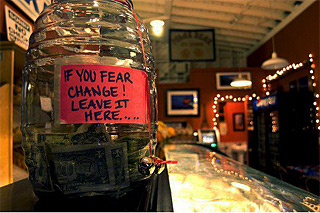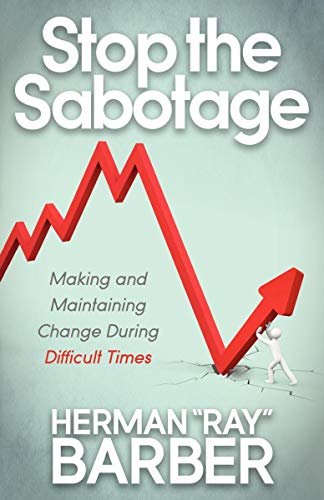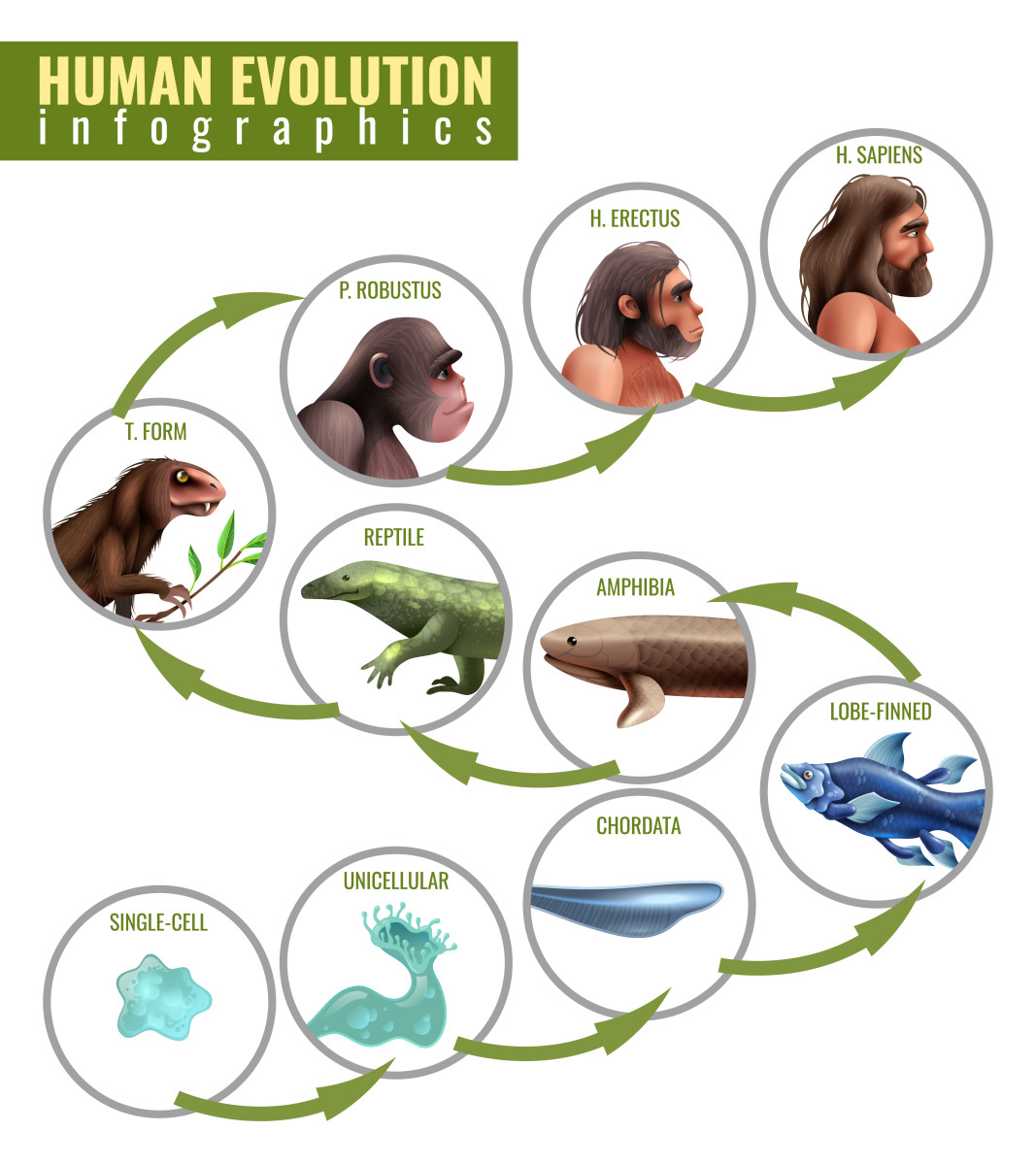Process of Change

How to make a change easy?
Change is necessary and unavoidable in our lives. Change is hard and stressful. Acknowledging the changes that we need to make in our lives can be a slow and painful process. And it's easy to get discouraged when you try and don't get the results you were hoping for. But the reality is that just making the effort is, in fact, progress.
The aim of this article is to find ways of making those changes more easily.
Process of Change
James Prochaska and Carlo Diclemente
James Prochaska and Carlo Diclemente have developed the Process of Change. This Process is unique and is based on the studies of the dynamics of permanent lifestyle changes. The uniqueness of human life is this ability of permanent change.
The model of Change consists of six predictable stages, and every person that changes should go thought them to achieve changes and a result. Each stage is important in determining a successful outcome. Skipping a stage negatively affects the success rates. The speed of the travel through stages is strongly individual.
Process of Change:
1. Precontemplation
2. Contemplation
3. Determination
4. Action
5. Maintenance
6. Relapse
Precontemplation
During this stage, a person does not consider the idea of change seriously. This stage is like a prelude. We do not consider ourselves to have any particular problems, and we don't think any changes are required. We may be aware that our behaviors are not supporting our health, but we refuse to even think about doing anything to change the situation. In most cases people around are the ones who notice that we need some changes, but their advice is not able to reach our conscious.
This stage is called also the resistance stage.
Contemplation
Eventually our discomfort leads us to the second stage. This stage starts the cycle of change: we begin to accept the problem and start thinking on how to solve it, but we are not yet ready to act. We think about the behavior, and it no longer satisfies us the way it once did. We start to think or contemplate on the possibility of change, and become determined to take an action. Then specific alterations in thinking and behaving are initiated.
People are very sensitive to any kind of advice or coercion. We need to arrive at the point when we find the necessary changes by ourselves. All changes always start in our heads and in our thoughts. Of course there could be, and in most cases there is, a push from outside, but it results in our action only if we are predisposed to consider the changes from inside not as a result of outer pressure.
The decision should be individualized. Timing is very important, and it is easy to miss the right period we should enter into the next stage. This is an important period. During this stage we assess all short and long-term consequences for understanding and analyze the pros/cons of remaining the same and the pros/cons of changing.
Then we are ready to make the next step.
Determination
It involves the decision to change and active preparation for doing so: creating a climate where positive change can occur. If we have considered all aspects - that what we gain is more important than what we lose or give up, determination will lead directly into action. Not all things or behavior should be given up completely. We have to know specifically what we need to modify in our lifestyle and what about it is better to be left unchanged. It is better to avoid the "all or nothing" politics.
Little change can lead to great improvement and move us closer to the goal. Of course it is important to establish a goal, which works with us. A goal, which is reasonable for me, may be unreasonable or inadequate for someone else. Our goals must be consistent with our capabilities, our values, and our needs.
We should consider carefully, but should not be rigid - any change, which adds happiness, is great!
Action
We are able to start action only after we have spent a considerable amount of time in the first three phases. We should not neglect the time spent there and trying to skip or minimize these first phases because this can seriously affect our ultimate success.
Action involves doing it! This period can be very challenging - we do things probably the first time in our lives. We are excited, but then we start to get tired or bored and the first excitement vanishes and there are two possibilities to enter into the maintenance stage or into relapse.
Maintenance
These action and maintenance stages can last for months, even years, but eventually can culminate in a real integration of the new behavior referred to as the termination stage. However, sometimes we relapse or backslide. We should not consider the relapse as the end of the world. It is human. We learn and get skilled to the new life style through doing and through making mistakes.
Good intentions and ability to move again are important, especially after failing. It is better to look at the relapse in terms of degree. Relapses can vary in severity, as can our reactions to them. Maybe we need to reconsider our goals.
My other hubs you might like:
About the Author
Dr. Inese Millere, is a medical doctor turned diplomat, turned mindful eating coach for busy women over 40 who want to overcome stress eating, have a healthy and joyful relationship with food and enjoy healthy living and longevity.
Visit http://www.inesemilleremd.com/individual-course/ to learn more how you can change your eating habits for good.
If you'd like to talk about working with me, please contact me directly at info@inesemilleremd.com with a brief description of your situation.











